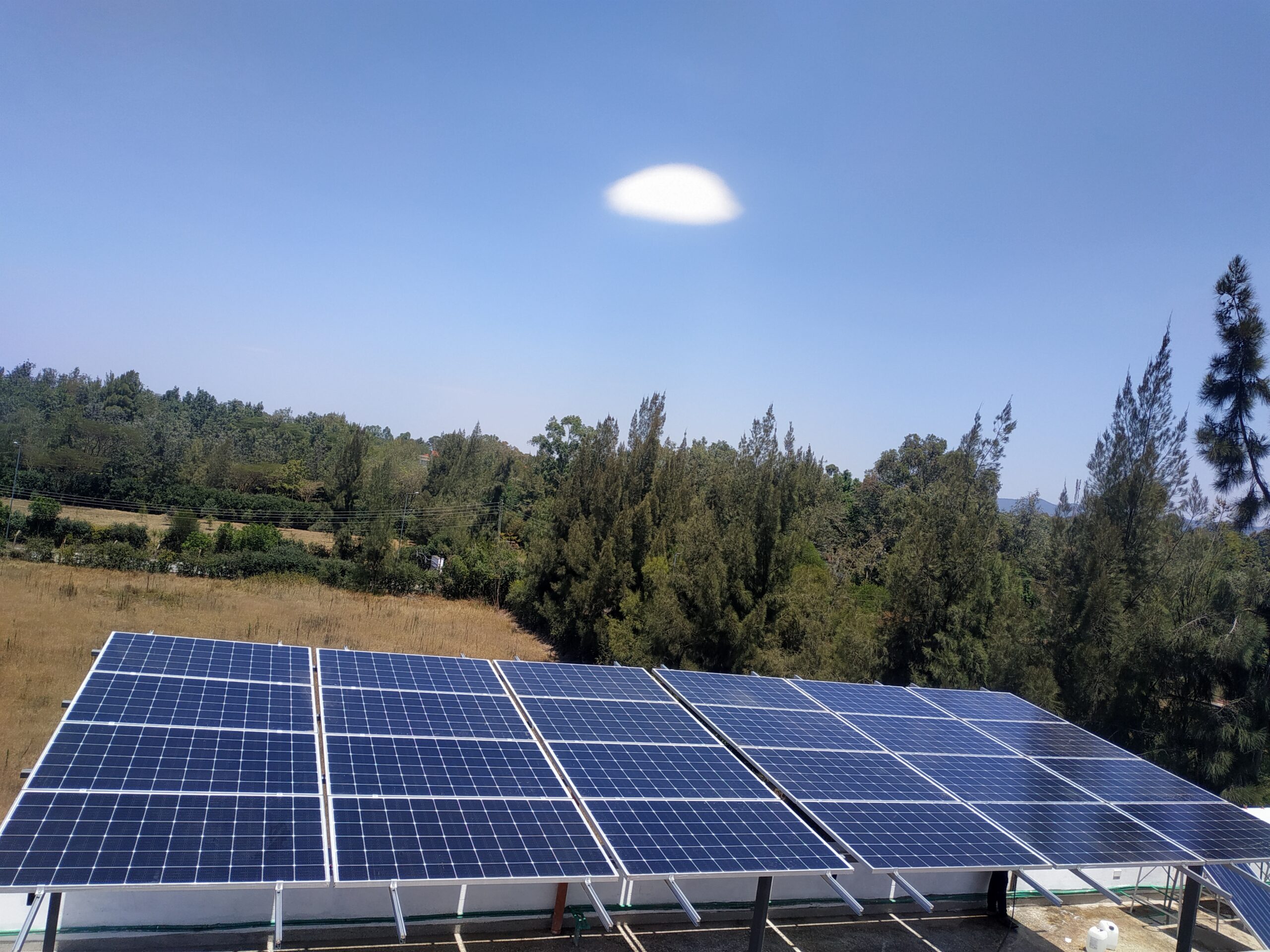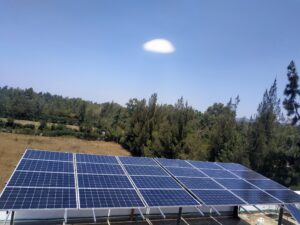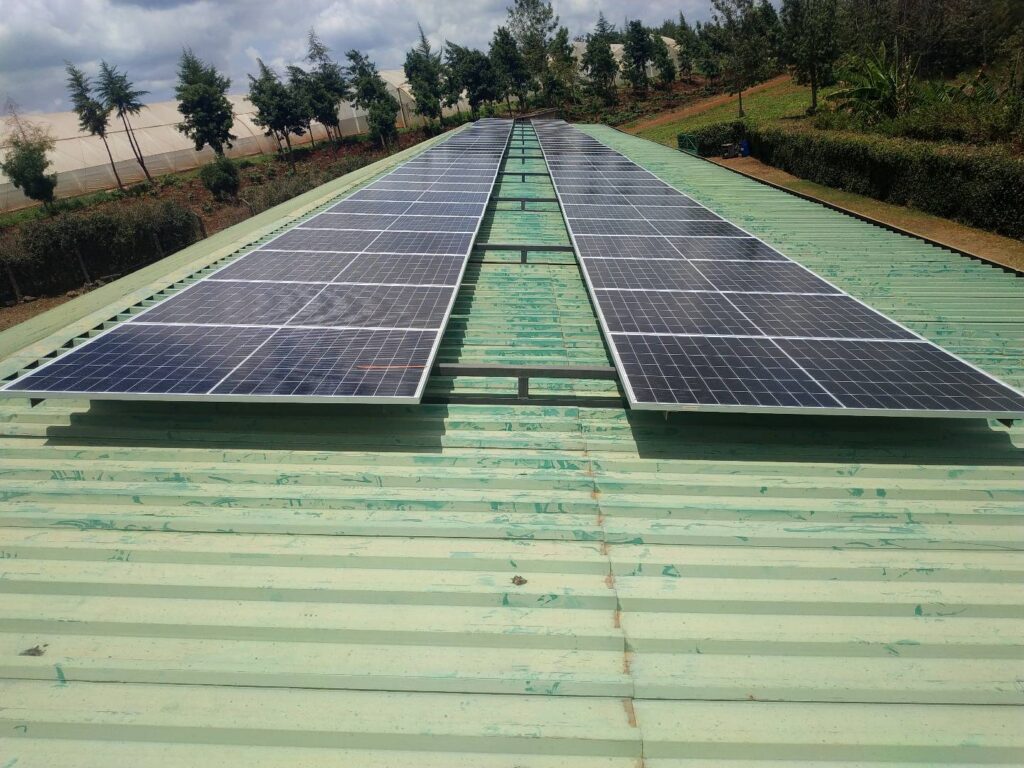How to Boost Productivity with Solar Water Pumps
- Solar Panels: Capture sunlight and convert it into electricity.
- Pump Controller: Regulates the power flow to the pump, ensuring efficient operation.
- Water Pump: Uses the solar-generated electricity to pull water and deliver it to your farm or storage tank.
Geolabs Solar
With the sun as your power source, you can irrigate reliably, grow more crops, and build a thriving farm, no matter the season.
Real Impact: A Farmer’s Success Story
Joseph Mutua, a farmer from Makueni County, experienced the transformative power of solar water pumps firsthand. “Before Geolabs Solar installed my solar pump, I relied on a diesel pump that kept breaking down,” Joseph shares. “Fuel costs were eating into my profits, and during dry spells, I couldn’t irrigate enough to keep my crops alive. Geolabs visited my farm, assessed my needs, and set up a solar pump that pulls water from my borehole. Now, I irrigate my maize and vegetables year-round, even in the dry season. I’ve saved over KSh 50,000 in fuel costs in the first year alone, and my yields have doubled. Geolabs made farming sustainable and profitable for me.” Joseph’s story is just one example of how our solar water pumps are empowering Kenyan farmers to overcome water challenges and thrive.


Key Considerations When Choosing a Solar Water Pump
- Water Needs and Source: Assess your irrigation needs based on your farm size and crop types. Determine the depth of your water source (e.g., borehole or well) and the distance to your fields, as this affects the pump’s power requirements. A typical smallholder farm might need a pump that delivers 5,000-10,000 liters per day.
- System Sizing: The pump’s capacity should match your water demand and sunlight availability. For example, a 1 kW solar pump can deliver enough water for a 2-acre farm in a region with 5 peak sun hours. Work with a provider like Geolabs Solar to design a system that fits your specific needs.
- Initial Costs and Financing: A solar water pump system for a small farm can cost between KSh 100,000 and KSh 300,000, depending on the pump size and storage options. While the upfront cost is higher than a diesel pump, the long-term savings make it worthwhile. Many providers, including Geolabs Solar, offer financing plans to make the transition affordable.
- Durability and Support: Choose a pump built for Kenya’s climate—dusty dry seasons and heavy rains can take a toll on equipment. Ensure your provider offers after-sales support for maintenance and repairs. Geolabs Solar, for instance, provides ongoing assistance to keep your system running smoothly.






